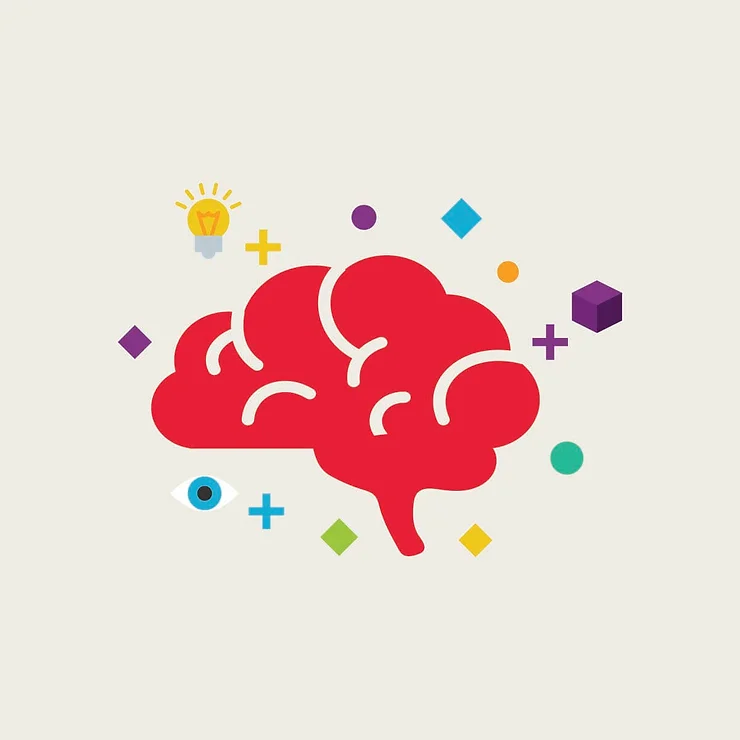In this, the third of three blogs jointly authored with Minerva’s Deborah Hulme and Nick Smith of Epion Consulting, we discuss our approach to “Brain-Friendly Change”.
In the first blog; We’ve Got a Change Problem, we drew on recent neurological discovery to outline how lack of connection, wellbeing, and psychological safety, all much exacerbated by the pandemic, reduce our people’s capacity for change, causing change initiatives to fall short. Our current change methodologies just don’t address this.
In the second blog; We Need Change Enablers Not Change Managers we highlighted emerging tools and techniques that we deploy to measure and understand psychological safety and protect capacity leIn this blog, we’ll talk about 3Cs for Brain-Friendly Change; Create, Craft, and Continue.
CREATE A CLIMATE OF SAFETY, WELLBEING, AND RESILIENCE
First, you’ll want to Create a different climate – one that provides a context in which change capacity grows, and in which change is more likely to be embraced. You’ll do this by recognising the reality and importance of factors such as felt psychological safety, wellbeing, anxiety, and resilience – and then doing something about them.
We’d suggest you first assess and measure these. Once you’ve assessed levels of psychological safety, you can begin to address them. You can do that in ways that include shifting the language used in your organisation or teams to make it more ‘biological’ (organic, human) alongside the ‘mechanical’ (process, systems) – something more Brain-Friendly.
You should work to create a safe space, model behaviours that respect capacity, and focus on learning. Enable your people to be their best, rather than looking to get the best out of them. And as you change the climate, and enhance change capacity, you’ll start seeing your people more able and willing to embrace and embed change.
CRAFT A CHANGE APPROACH THAT INTEGRATES WELLBEING CONNECTION AND RESILIENCE ALONGSIDE ESTABLISHED TOOLS
Second, Craft a change approach that integrates into your normal business change methodology tools and techniques to enhance wellbeing, connection, and resilience, alongside established change management tools. You’ll have your own preferred change approach – and each change initiative will be different – but for us, this means (as examples):
-
Including a baseline assessment of felt psychological safety as part of understanding the change landscape, and linking that to change benefits
-
Integrating an exploration of the impact of the proposed change in terms of perceived threat, connection, and felt wellbeing: what anxieties does this change introduce to different roles, how does it energise, and more? This enables us to design interventions that will be ‘Brain-Friendly’, enhancing change capacity, resilience, and connection on the change journey
-
Ensuring that communications and broader activities to engage around change recognise what we’ve learned about teams’ mindset and their capacity for change as well as the critical role that our use of language plays in enabling brain-friendly change
-
Casting change vision with line of sight to organisational purpose, incorporating something around enhanced wellbeing – perhaps highlighting connection and the ability to bring one’s whole self to work
-
Coaching leaders in creating safer and more connected teams, and providing learning to their people around resilience, managing stress, and calm as part of equipping for change
CONTINUE TO EQUIP AND EMBED RESILIENCE AND PSYCHOLOGICAL SAFETY IN THE ORGANISATION
Finally, Continue with activity to equip and embed resilience, connected and enhanced psychological safety in the organisation. This, as with any change embedding activity, can’t just end when a programme
So, Create, Craft, and Continue – how to approach Brain-Friendly Change. It brings a holistic approach to change, one that’s needed if we are to engage with and address the very real human issues that reduce capacity for change and stop it landing well. We think it’s time to do change differently, making it truly people-centric, rather than just doing more of the same but better.
For more information you can get in touch with jennie.flower@mineravengagement.com to discuss how we can help you introduce it.

